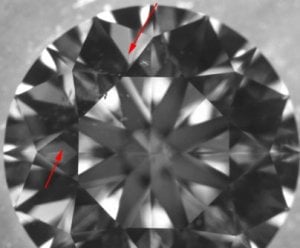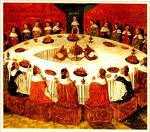strmrdr
Super_Ideal_Rock
- Joined
- Nov 1, 2003
- Messages
- 23,295
We haven't done one of these in a while.
To get the conversation started.
My opinion there isn't one lighting condition that covers all aspects of diamond performance.
Trying to reduce it to one will lead to false results.
However there should be a few basic rules.
1: no back lighting
2: realistic environment behind the diamond.
3: realistic head shadow/obstruction
Discussion is open.
To get the conversation started.
My opinion there isn't one lighting condition that covers all aspects of diamond performance.
Trying to reduce it to one will lead to false results.
However there should be a few basic rules.
1: no back lighting
2: realistic environment behind the diamond.
3: realistic head shadow/obstruction
Discussion is open.












300x240.png)